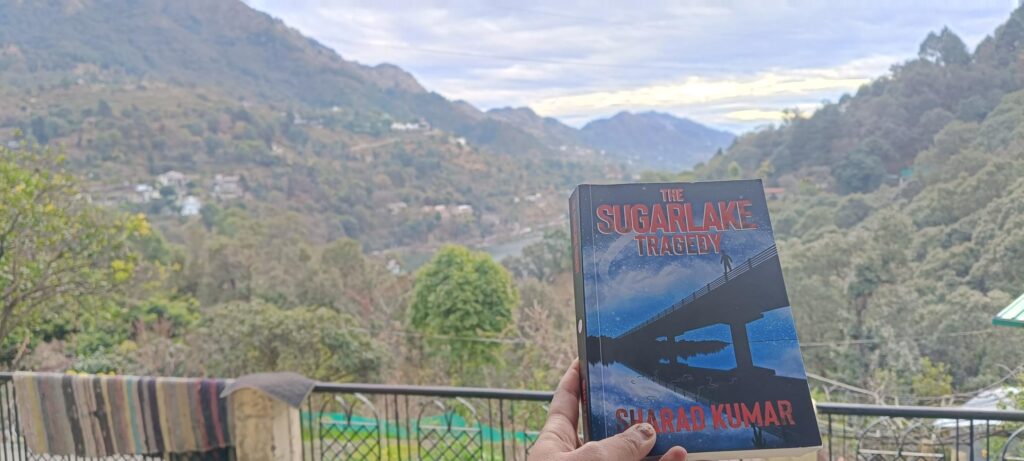Beneath the imaginative setting and emotional narrative of The Sugarlake Tragedy lies something more profound—a scientific hypothesis Sharad Kumar developed in 2019. While still unverified in the academic world, his discovery inspired him to craft a story that could introduce the idea in an accessible, engaging format.
Rather than publish a technical paper, Sharad turned to fiction. He embedded this idea into the heart of his novel, using it to structure both the environment of Sugarlake and the mechanics of reader interaction. The result is a rare fusion of creativity and intellectual depth.
This isn’t science fiction in the traditional sense—it’s science conceptualization through narrative. By wrapping theory in storytelling, Sharad invites readers to reflect on the nature of discovery, the ethics of knowledge-sharing, and the potential of imagination as a medium for truth. It’s a novel that not only tells a story but reveals a vision for how science and storytelling can collaborate.

